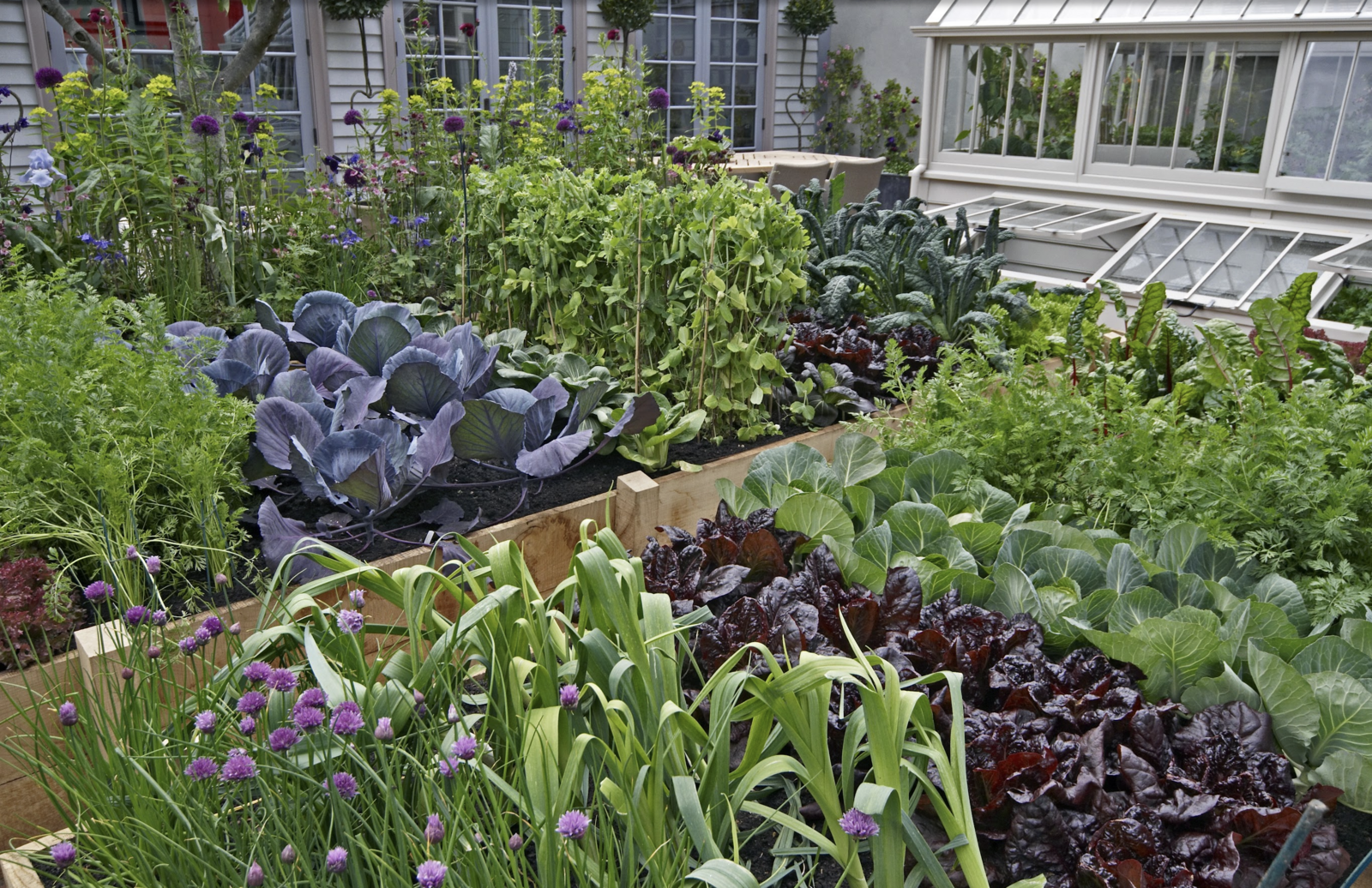Which plants go well with cabbage?
Cabbage in mixed cultivation
Cabbages belong to the cruciferous family (Bassicaceae). Many cultivated plants such as cauliflower, broccoli, white or red cabbage, Brussels sprouts and kohlrabi are part of this plant family. But radishes and radishes, pak choi, Chinese cabbage and mustard also belong to the Brassicaceae family.
Location & floor
Cabbage plants are heavy feeders and have a high demand for nutrients (with the exception of radishes and kohlrabi). The soil should therefore be rich in humus and nutrients and well aerated. Loamy or clayey soils are best. If the soil is too sandy, you should prepare it with compost so that there are enough nutrients. Choose a sunny to semi-shady spot in the bed.
What can you plant next to cabbage?
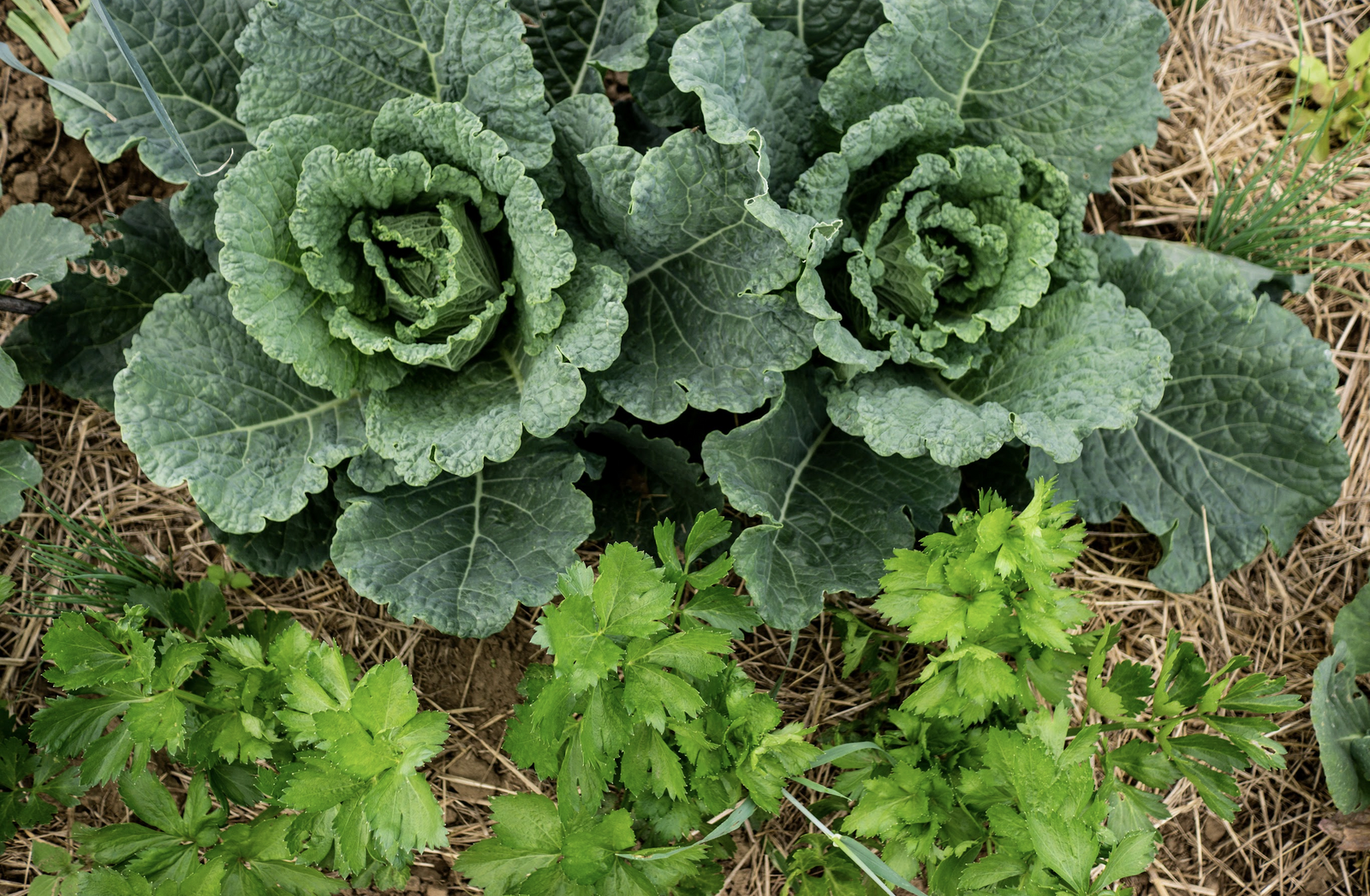
- Root vegetables such as carrots and potatoes, so you make optimum use of the space in the bed
- Potatoes and cabbage go well together (exception: cauliflower!)
- Nightshade plants (Solanaceae) such as eggplant, tomatoes and peppers
- Peas and beans, which provide nitrogen for the cabbage as legumes
- Celery, which keeps the cabbage white butterfly away
Which plants are bad neighbors for cabbage?
- other cruciferous vegetables
- strawberries
- garlic, leeks and onions
Crop rotation with cabbage
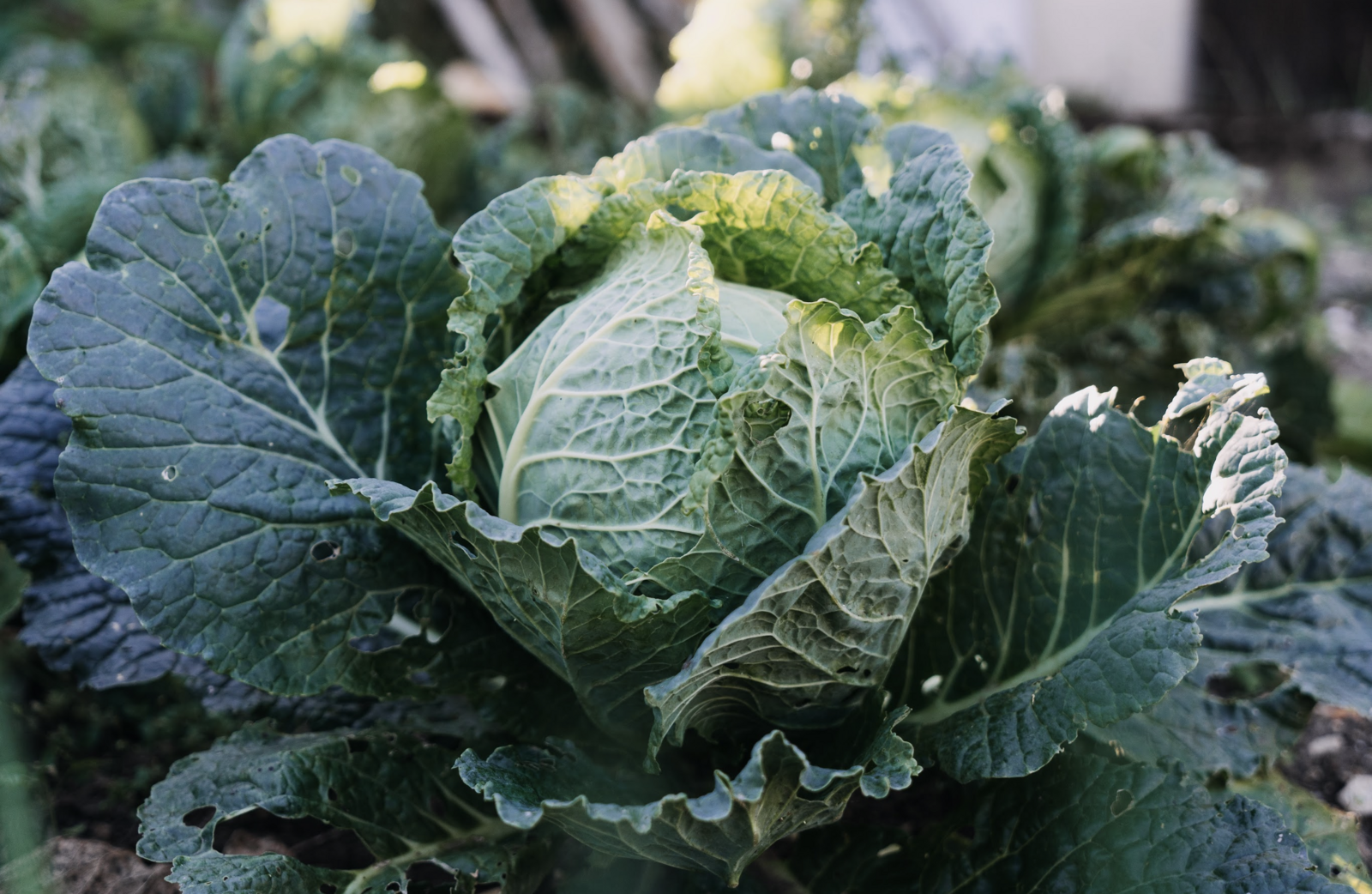
As cabbage is a heavy eater, medium to weak eaters are suitable as a subsequent or previous crop. In addition to vegetable crops, you can also sow green manure. As cabbage usually has a relatively long growing season, planning the crop rotation is a little trickier. However, there are some crops with a short growing period that are suitable as a pre or post-crop for cole crops:
- Spinach
- Lamb's lettuce
- Peas
- Celery
- Radishes (not ideal as they are also cruciferous)
Crop rotation with cabbage
To avoid leaching the soil or attracting specific pests, you should take a break from growing on a bed (or part of a bed) for 4 years.
Example of a mixed crop with cabbage
Planting schedule: January - April
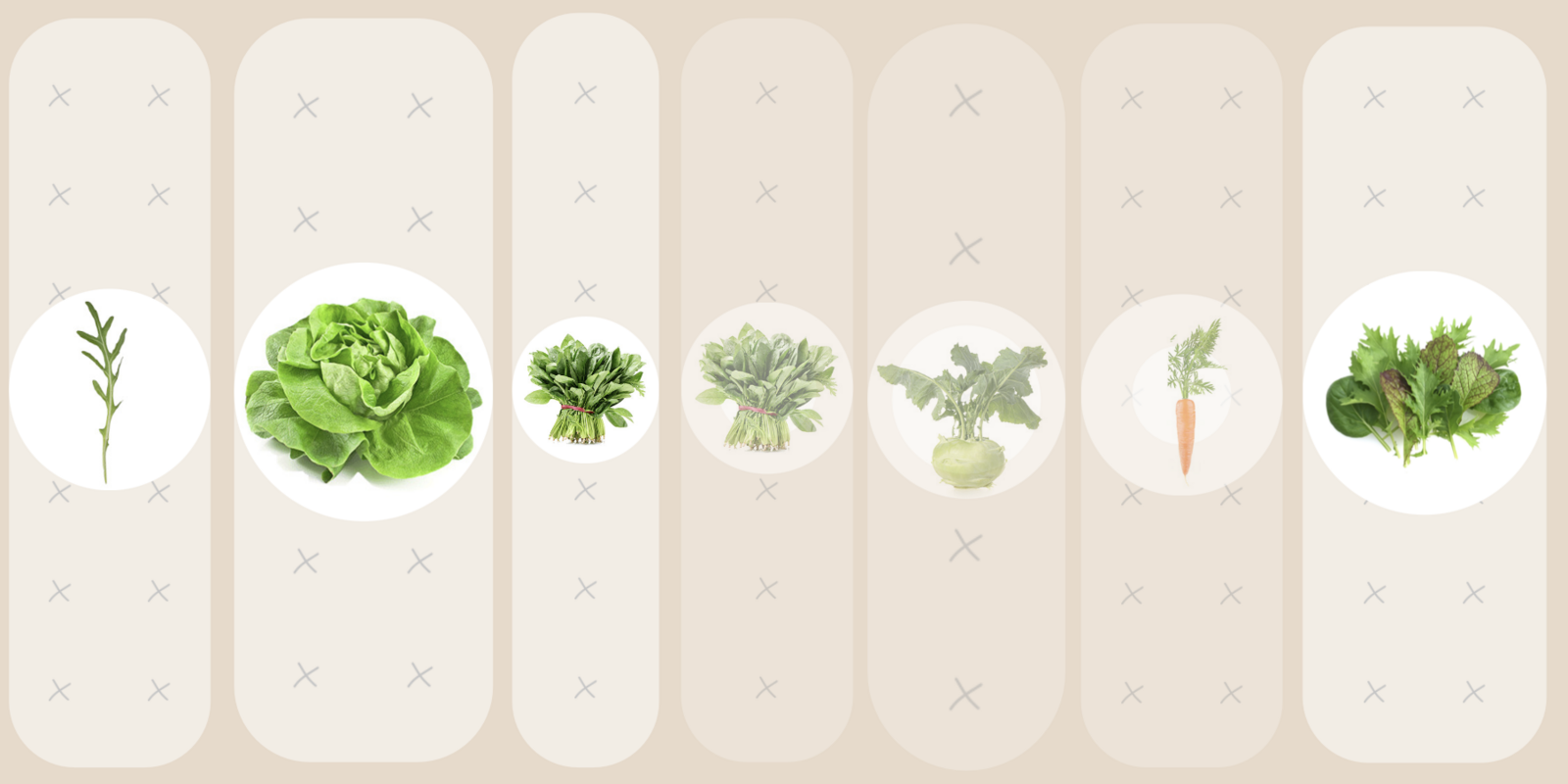
At the start of the gardening season, it is mainly cold-tolerant crops that you can plant in your beds. These include various lettuces such as Asian lettuce and rocket, spinach, kohlrabi and early carrots. The lettuces and most of the spinach are pre-crops that are replaced later in the year with cabbages, beans and herbs.
Planting schedule: May - September
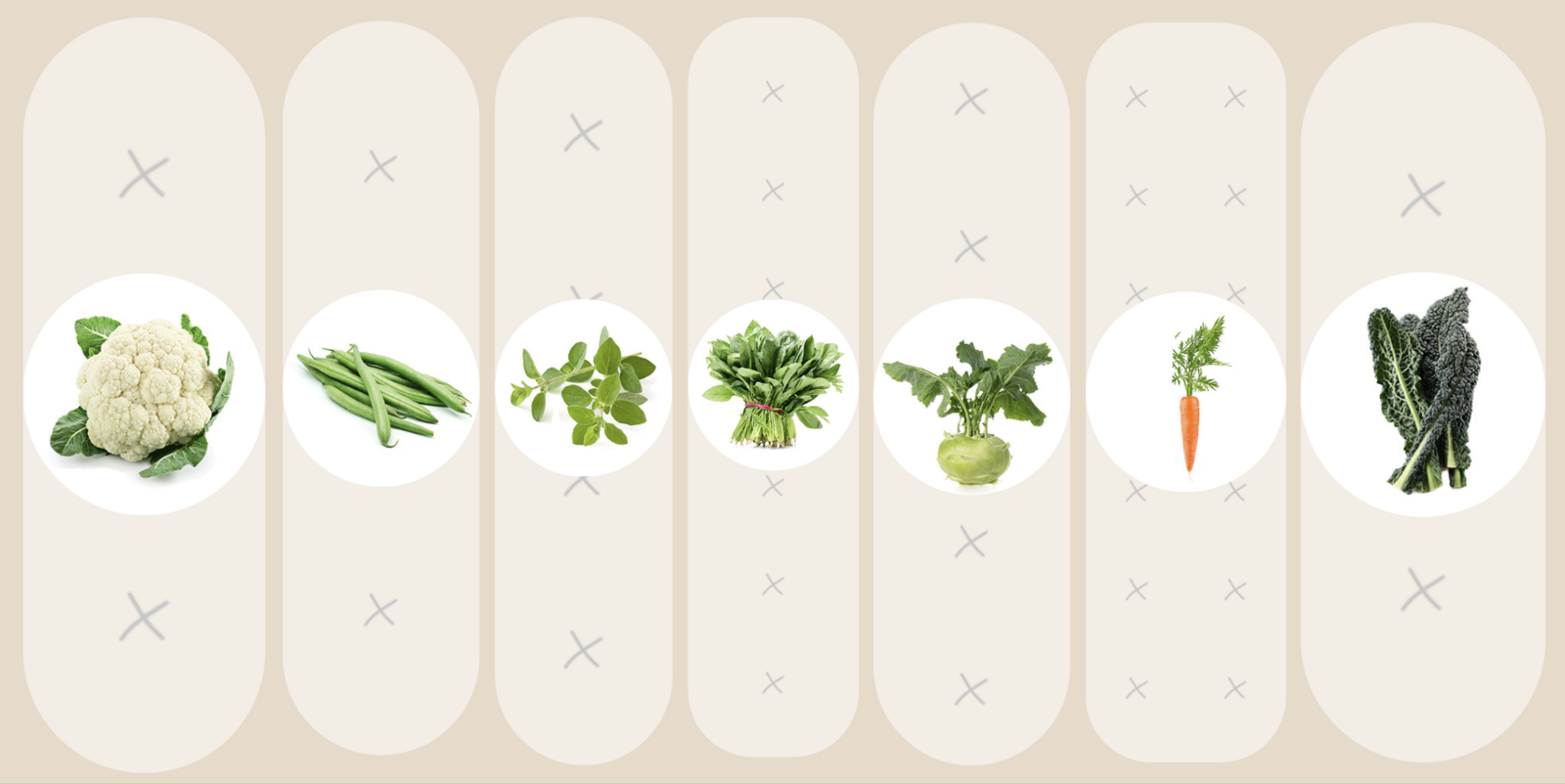
From May, you can plant cauliflower, palm kale, beans and oregano in your bed. As the cabbages are heavy feeders, we have chosen pre-crops that only require a small amount of nutrients.
Planting schedule: October - December
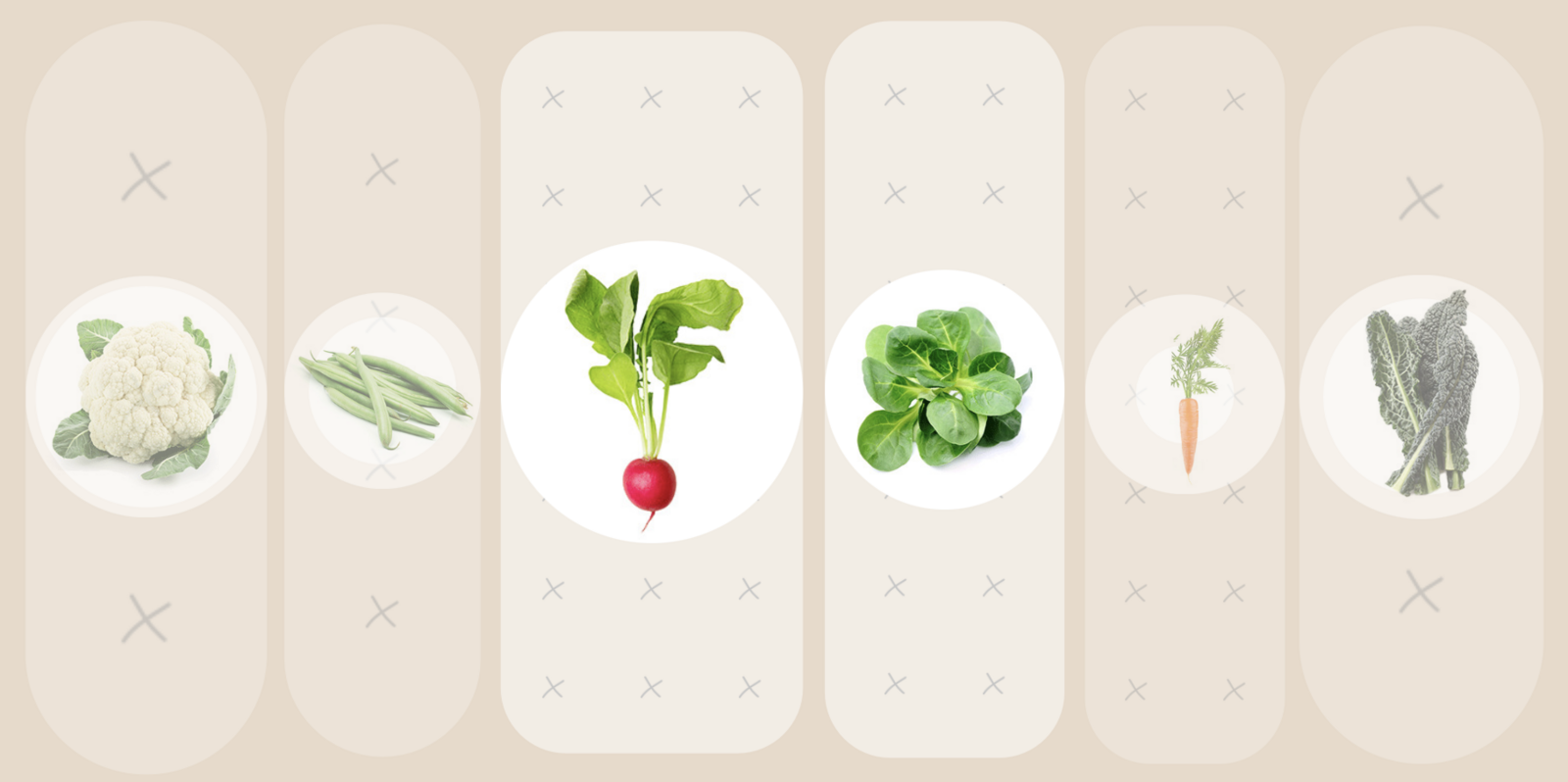
Most kohlrabi have a relatively long growing season and remain in the bed well into the winter. As the kohlrabi has now been harvested, you can sow lamb's lettuce here instead as a catch crop. You can now sow radishes where the oregano and spinach grew.
